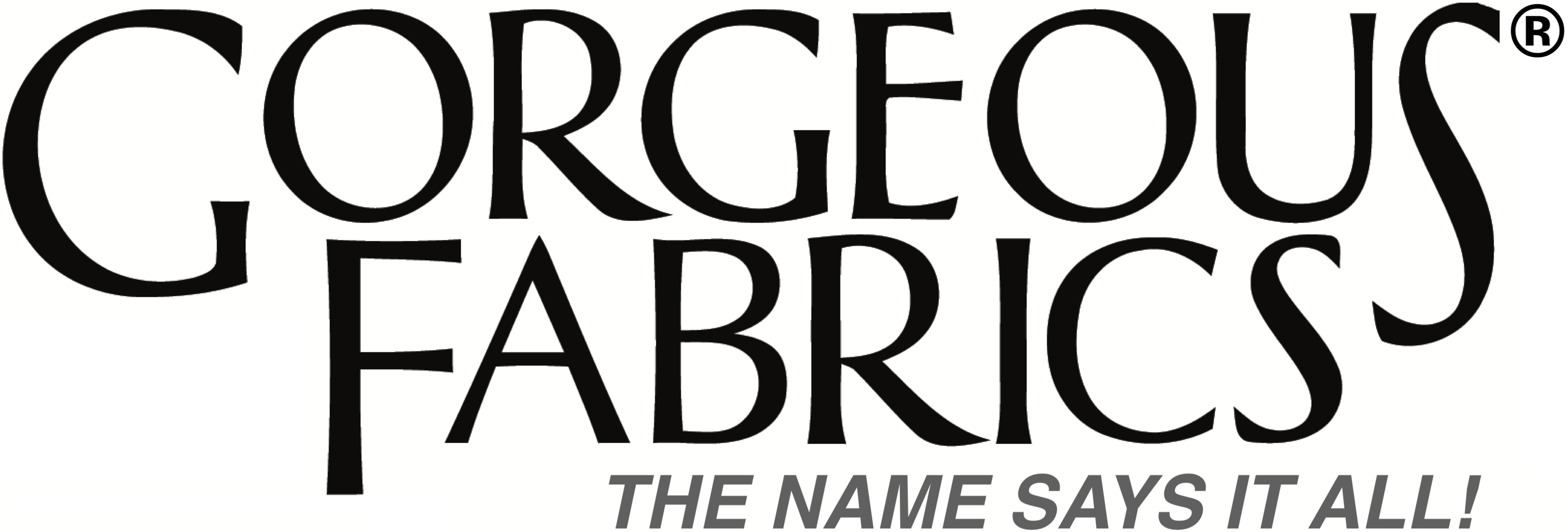A hallmark of fine sewing is a smooth, unpuckered seam. One particular part of a garment that is prone to puckering is a set-in sleeve. Part of the reason for this is that more ease is built into the sleeve cap than in the armhole of the garment. What that means is that if you measure the circumference of the armhole of your garment, and compare that measurement to the length of the sleeve cap, you’ll find that the sleeve cap measurement is (often significantly) longer than the armhole measurement. You have to take up that extra length (“ease”) as you sew the sleeve to the body of the garment. Unfortunately, when setting in a sleeve, it’s really easy to get big ol’ pinches and puckers in the sleeve cap. And to put it bluntly, that’s just not a good look. But by taking your time and doing one or two extra steps, you can eliminate those unsightly puckers and make a garment that looks smooth and polished.
Most pattern instructions tell you to run two rows of ease stitching along the edge of the sleeve cap between the notches.

Why does this happen? Because machine ease stitching limits your control over the distribution of the ease in the sleeve. But fear not! You can easily take back control and get great results. I have two techniques for inserting a smooth, beautifully-set sleeve: pin-easing and hand-basting. Both are worth the extra time they take, and both yield smooth, lovely results.
Pin-Easing
This is sometimes called “pin-basting". Instead of using machine easestitching, simply use a whole lot of pins to ease the sleeve into the armhole.
Start by matching all your markings (notches, dots, etc) and pin. Position your pins perpendicular to the seamline. Then pin between the markings, distributing the ease as you go. To get the best results, I position my pins between 1/8 inch and 1/4 inch apart. You don’t need to space the pins that closely in the un-eased part of the seam. Sew your seam, being careful to remove the pins before your needle reaches them.
Hand Basting
For even more control, I hand baste my sleeve to the garment. I can then sew without pins in my fabric. This step is invaluable when sewing finicky fabrics like taffeta and other stiff fabrics, and it makes handling slippery fabrics so much easier.

Try this on your next jacket or woven top. I think you'll be pleased with the results.
Happy sewing!
Ann



